Based in Germany, Stela is a global leader in large industry and utility-scale drying technology. In pursuit of its goal to develop energy-efficient drying technology, Stela’s engineering team was looking to simulate and optimize the heat distribution, air mixing efficacy, and mixing ratio of heated air to ambient air of its industrial belt dryer.
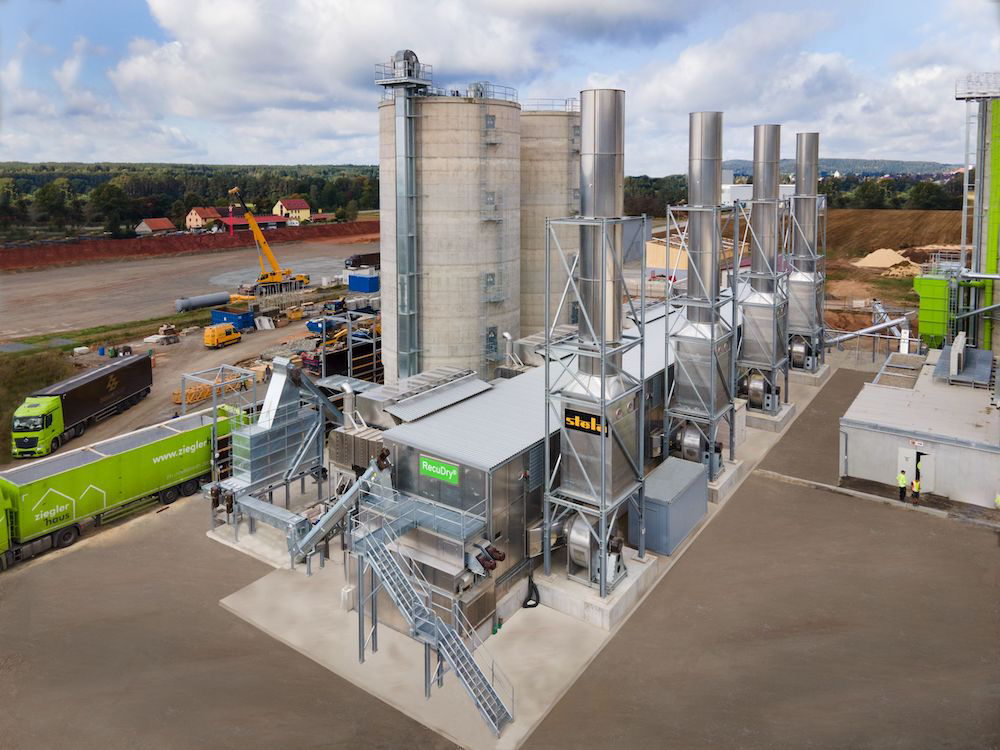
Stela is a global leader in industrial and utility-scale drying technology. Their main customer bases include mobile and stationary agricultural dryers for drying agri-produce, industrial dryers for various material processing, and food/fruit drying that serves the worldwide dry-fruit/vegetable supply chain. The driers typically operate as a conveyor belt arrangement where the material is ventilated with warm air with temperatures typically between 80-120° C. Convective drying is the primary mechanism with various fuel sources depending on the client’s requirements and includes gas, oil, low-temperature waste heat from industrial processes, power generation such as combined heat and power plants (CHP), and increasingly, biomass-based fuels.
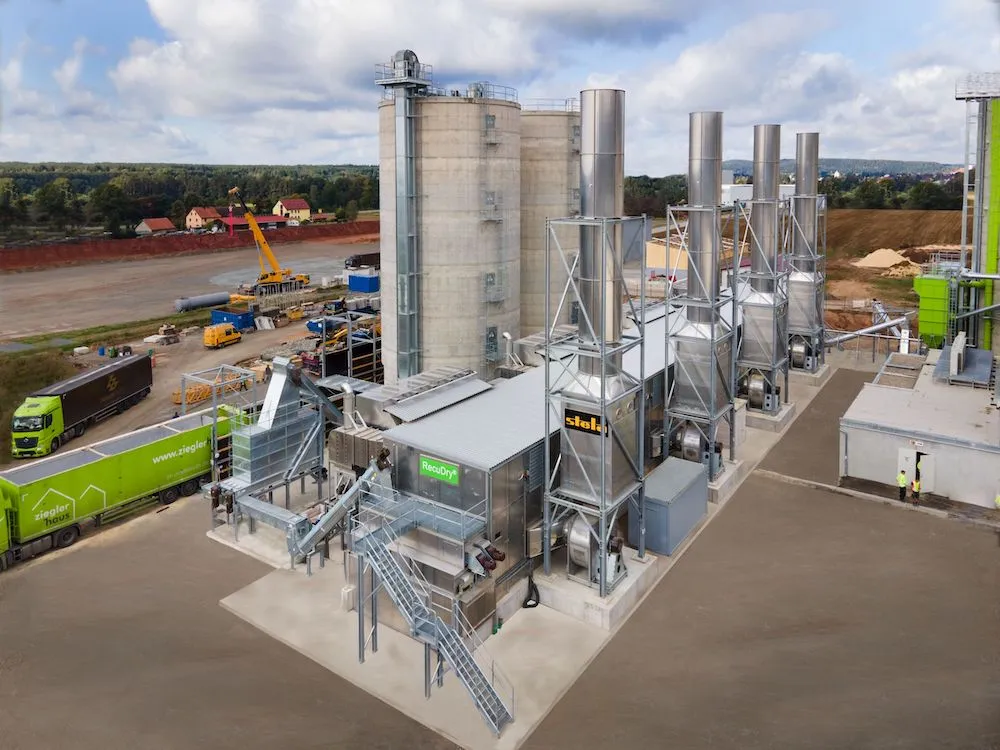
Julian Kehl is a process engineer at Stela. He and his team of three engineers use SimScale to evaluate design concepts and optimize current designs for new deployments. The goal is always to develop an energy-efficient drying process that is safe and meets their client requirements. They have an established workflow from Solidworks to SimScale and predominantly use CFD solvers. SimScale is used to model the burner and dryer equipment in 3D and simulate the following aspects of their design:
The benefits of using SimScale have delivered improved drying processes at lower operating costs, reduced physical prototype testing which has been replaced by virtual testing in SimScale, and better quantification of failure points from simulation (as compared to physical models with limited numbers of sensors).
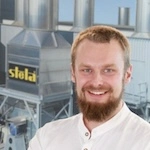
Julian Kehl
Process Engineer at Stela
A belt dryer is a machine that ensures efficient drying through low-temperature airflow. Feed material is distributed on the process belt as wet material and then runs through the drying chambers on horizontally arranged, perforated drying belts. Heated air flows through it and thus dries continuously and evenly. The drying room can be divided into several zones, each of which can be equipped with a circulating or exhaust air fan with control sensors. This allows each dryer zone to be controlled individually.
The product flow rates of the drying/cooling air can be varied in each zone. In addition, the transport speed of the material to be dried can be varied, which provides an additional parameter for setting the drying time of the material. Both the heating and cooling of the cells can be direct or indirect (by using heat exchangers).
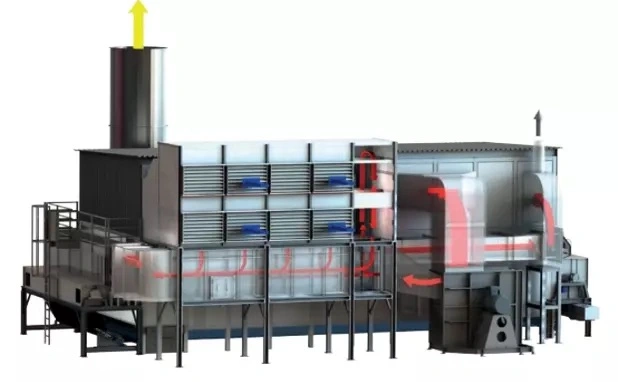
A simplified 3D model of a belt dryer chamber is simulated to evaluate the heating efficacy of the setup. The model shows various components from left to right:
In this case, Stela wanted to see the temperature distribution and air velocities inside the chamber and on the belt, specifically:
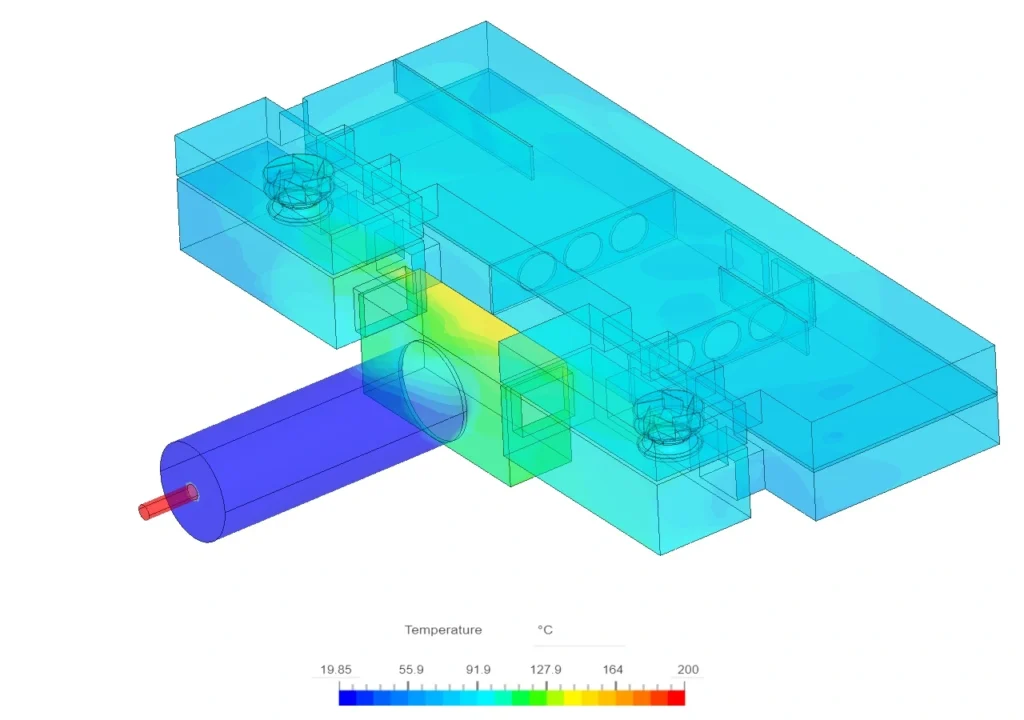
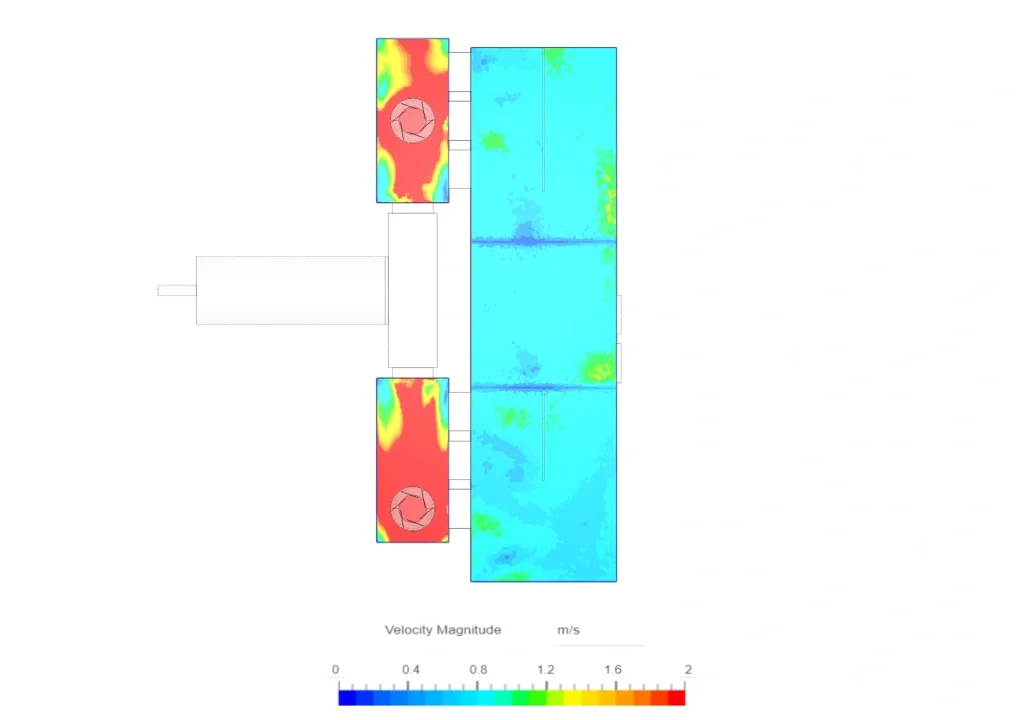
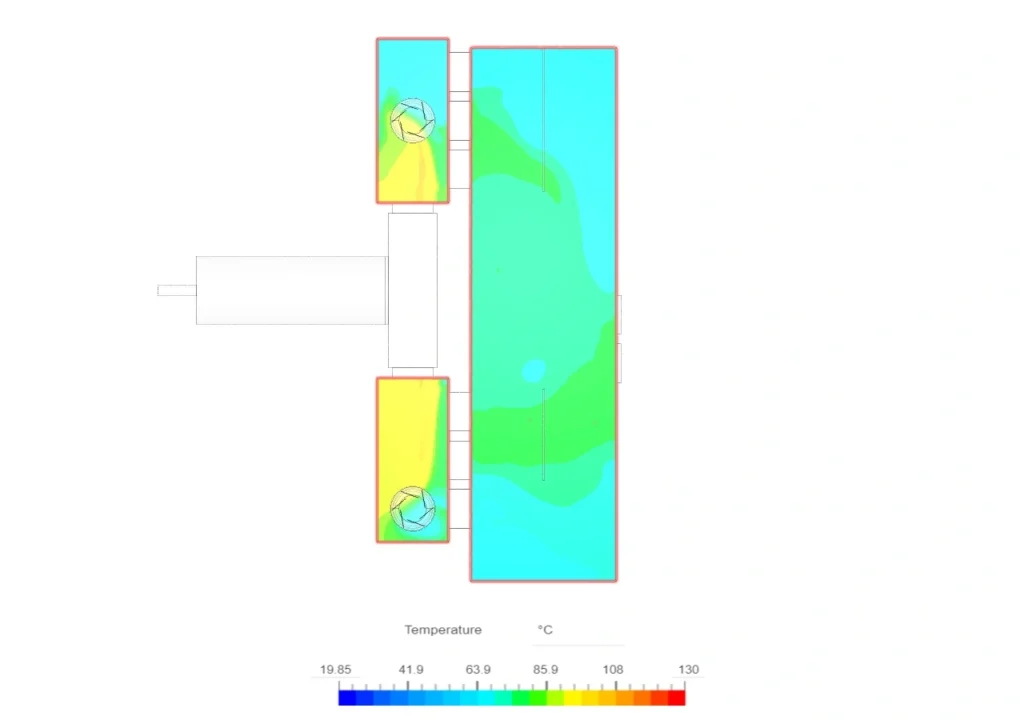
Julian and his team at Stela are now expanding the use of SimScale to innovate new drying technology concepts at a faster rate. They now want to further investigate the air distribution in their agricultural dryer. These simulations are advanced because the whole air volume is filled with corn and the air flow must be homogenous in all dimensions. Other ideas include the use of perforated plates to reduce mixing turbulence inside the drying chamber and hence improve drying performance at reduced air supply rates.
The multiphase solver in SimScale is also of interest to us so we can simulate industrial wastewater slurries and biogas sludge. Having access to SimScale with a broad range of physics that can be applied in one platform using a single CAD model is a huge time saving for us.

Julian Kehl
Process Engineer at Stela
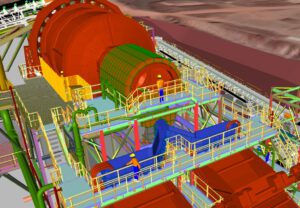

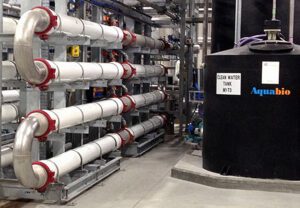

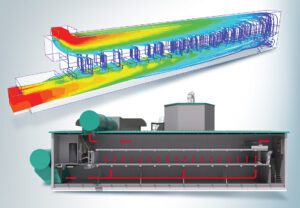
Sign up for SimScale
and start simulating now